Landscape architecture is an environment based profession that involves designing, planning and managing the land around us. Professionals in this field must have a deep appreciation of the natural environment. They work hand in hand with architects, engineers, and city planners to tastefully design parks, gardens, educational institutions, shopping centres and other developments. Today, landscape architectures pay specific attention to projects that combat global warming. These include green roofing, healing gardens, and methods to save energy consumption.
Castles in England
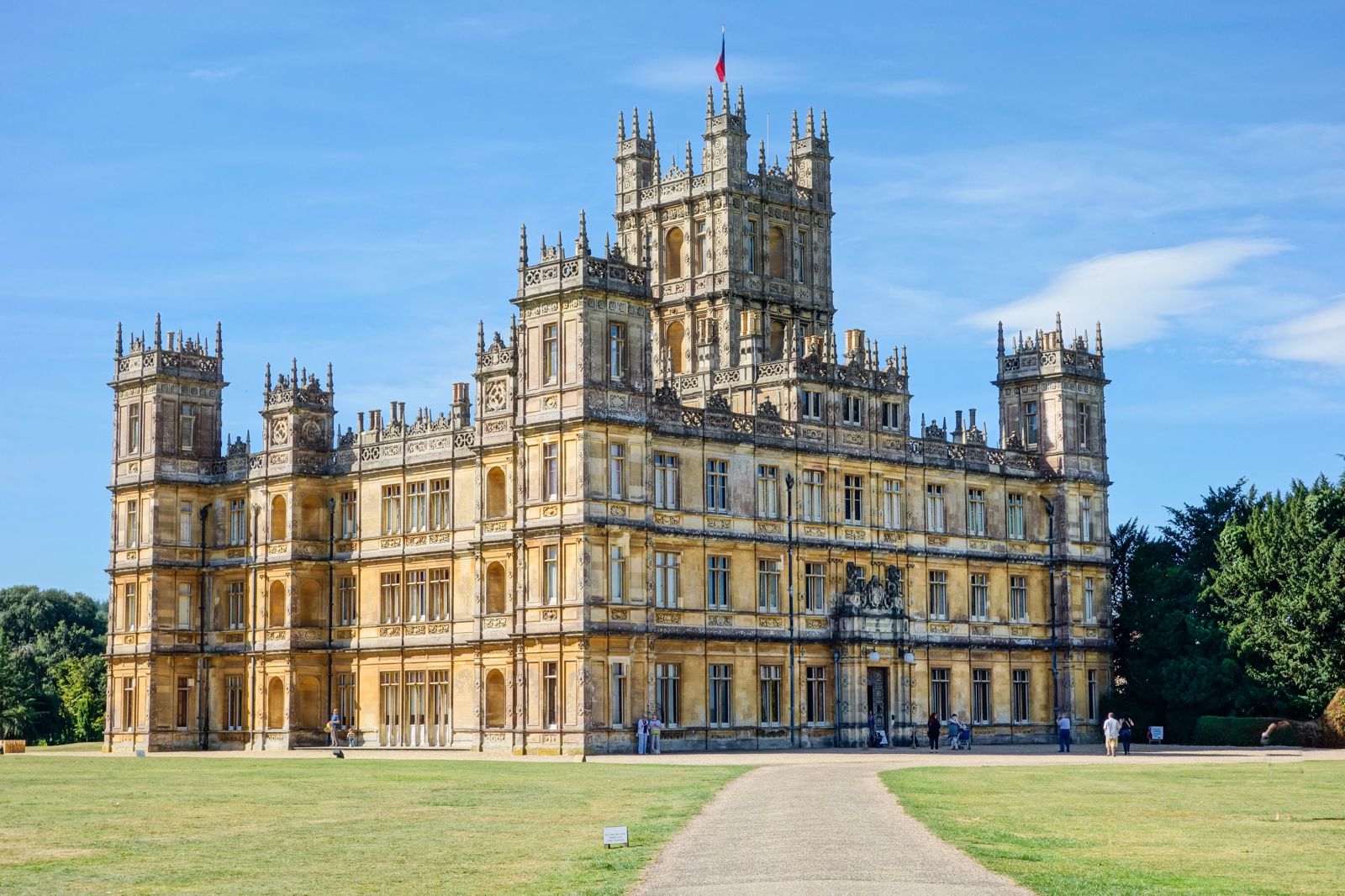
Consisting of tastefully designed gardens and beautiful waterfront developments, castles in England are probably some of the best examples of landscape architecture in the world. These historical landscapes, some of which date back to several hundred years back have been preserved courtesy of the work done by landscape architects.
Leeds Castle
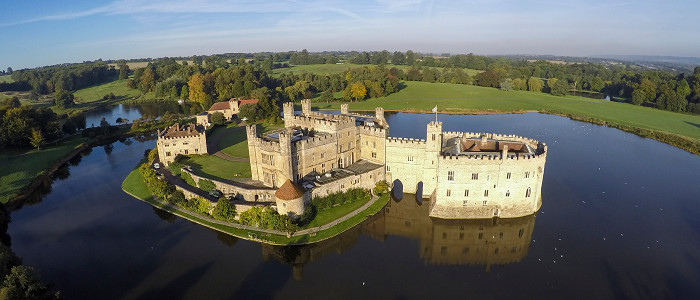
The Leeds Castle in Kent is one of the most magnificent castles ever built. Constructed in 1119, the castle lies on two adjacent islands on the River Len. The castle is surrounded by the waters of River Len; hence, it was used as a fortified fort to house soldiers and ammunition. Complete with four distinct forts, a fortified mill, an old bell, and ancient clock and several arches, this castle has to be one of the best architectural masterpieces throughout history.
Warkworth Castle
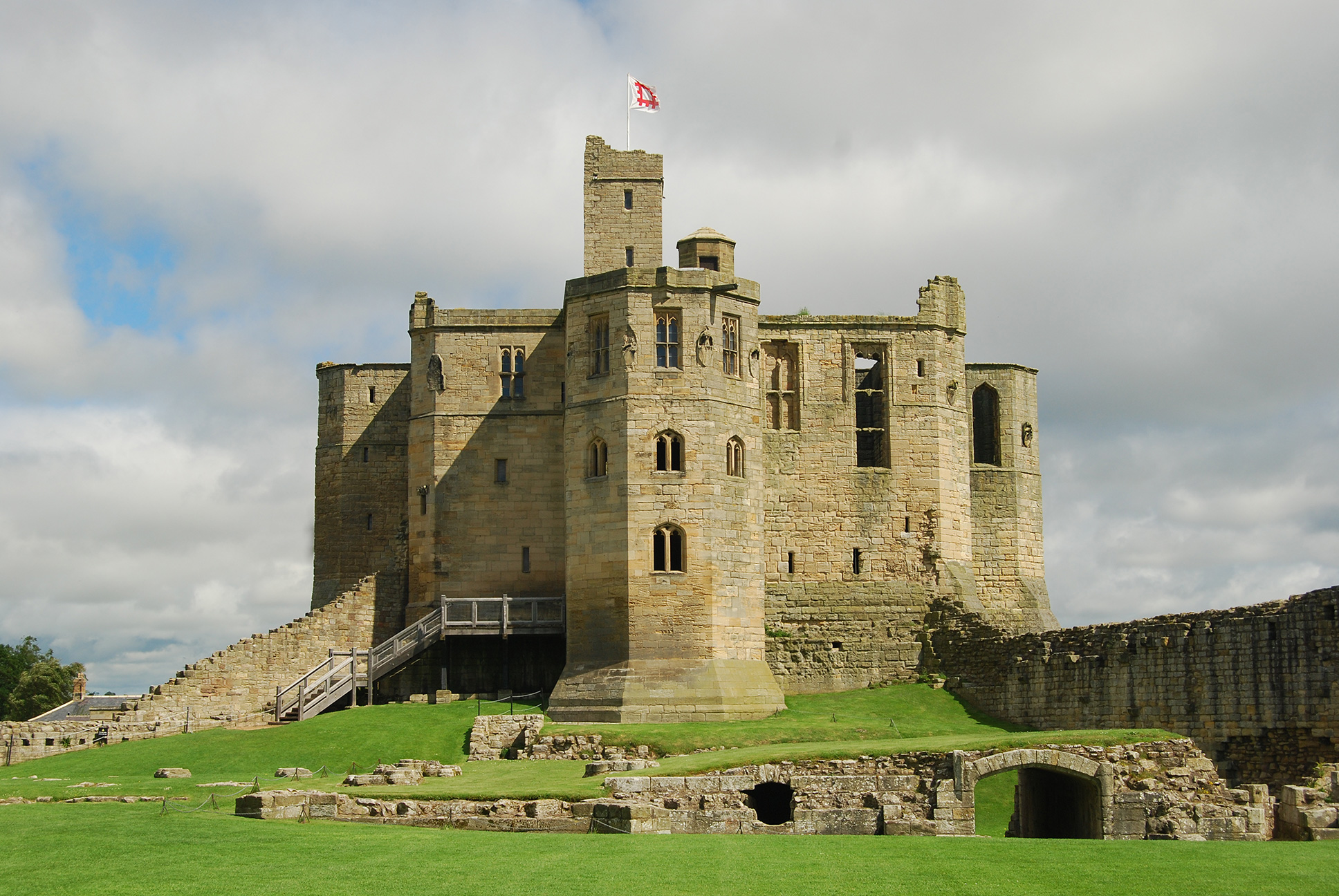
This is yet another medieval building located in the county of Northumberland. It is a cross-shaped castle located on the hill-top and overlooking the River Coquet. The castle consists of a magnificent gate house, several towers, a kitchen and its pantry, a moat, a chapel and a well-house. Despite being constructed in the mid-12th century, the castle has been tastefully preserved courtesy of the refurbishments done over the years.
Windsor Castle
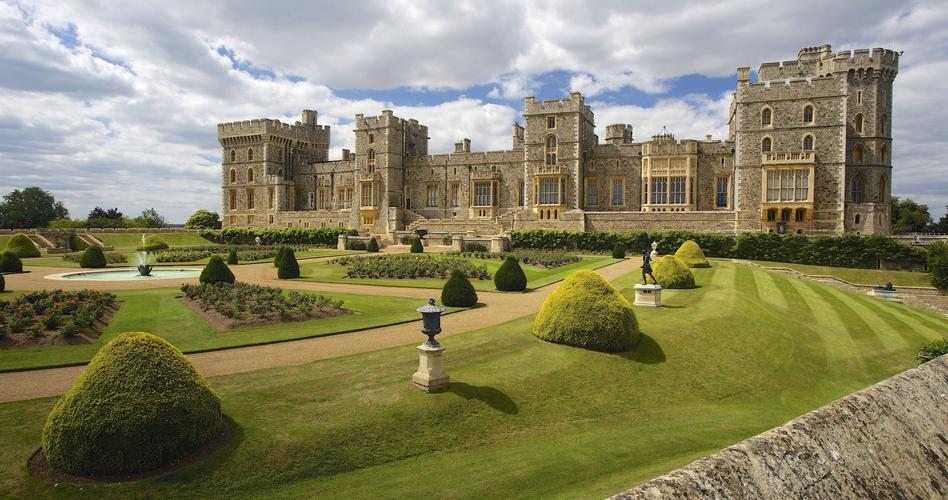
The Windsor Castle located in the Berkshire County was built in the 11th century after the Norman invasion. Today, it is a magnificent castle that is used as the official royal residence. It consists of numerous rooms adorned in royal decorations, beautiful manicured lawns, and magnificent banquet halls. Visitors here are marvelled by the well preserved royal architecture that is one of the landmarks of England.
Corfe Castle
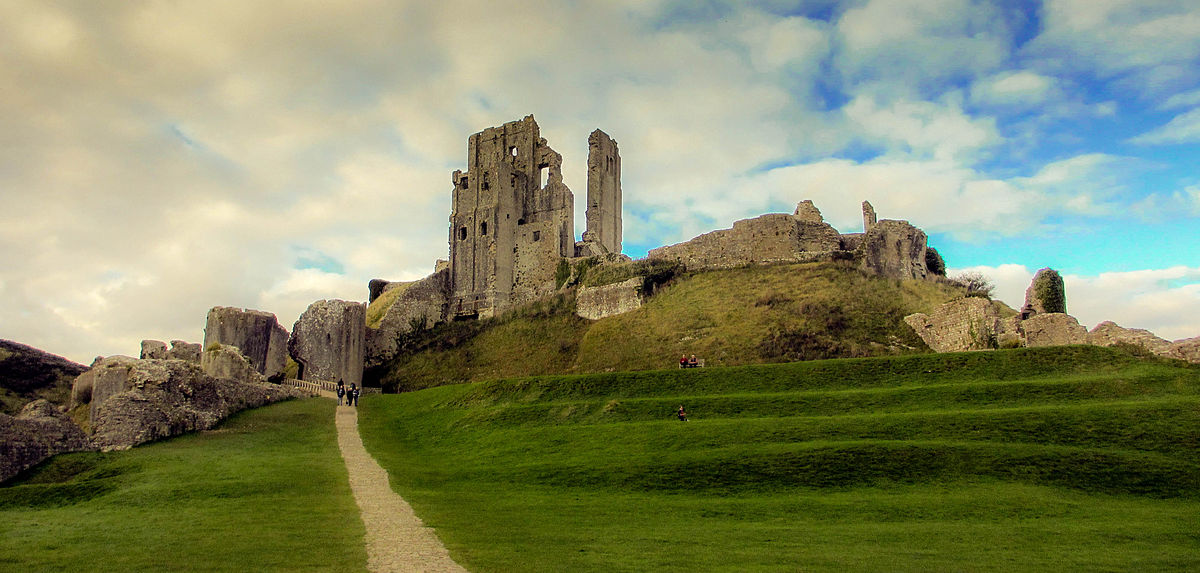
Constructed in the 11th century, The Corfe Castle is a fortification in the county of Dorset. The castle was partially built out of stone at a time when most castles were built out of wood and timber. A stone wall was constructed around the hill in a beautiful manner so as to serve as a fort. Today, the castle stands tall as an important landmark of the rich British history.
Landscape architecture is, therefore, a field that dates back in history as evidenced by the medieval castles in England. Today, the meticulous projects that were implemented years ago still stand tall as a result of the restoration efforts by landscape architects in collaboration with other professionals in this field.


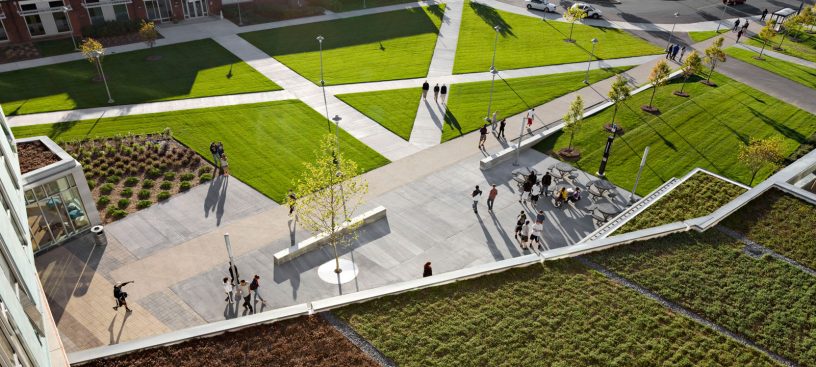
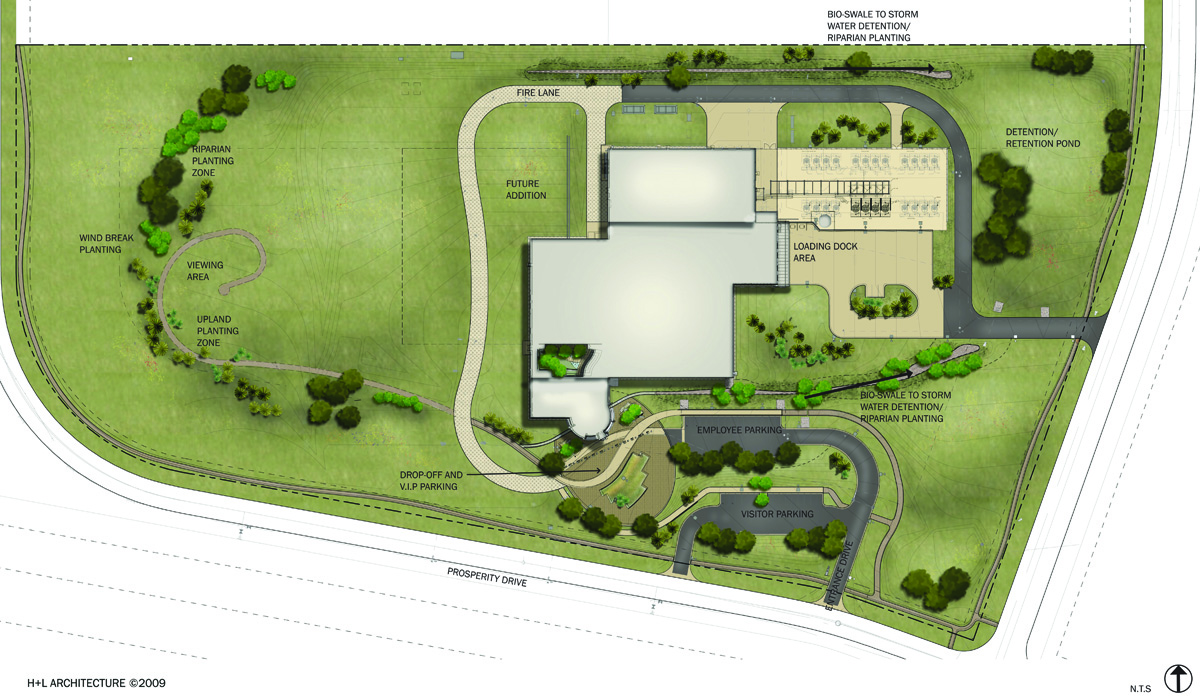
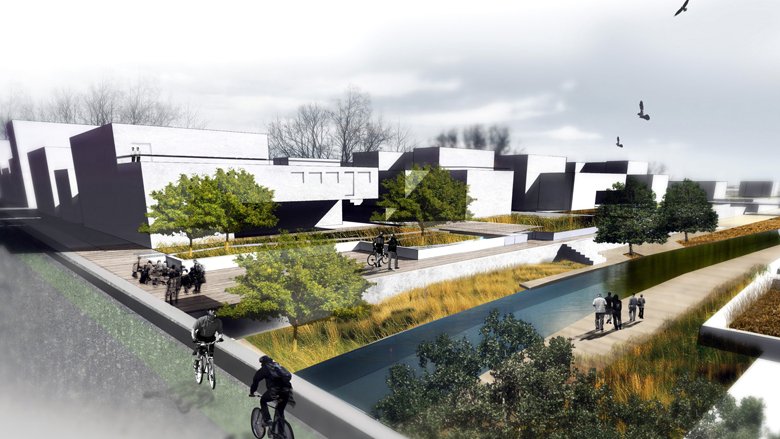
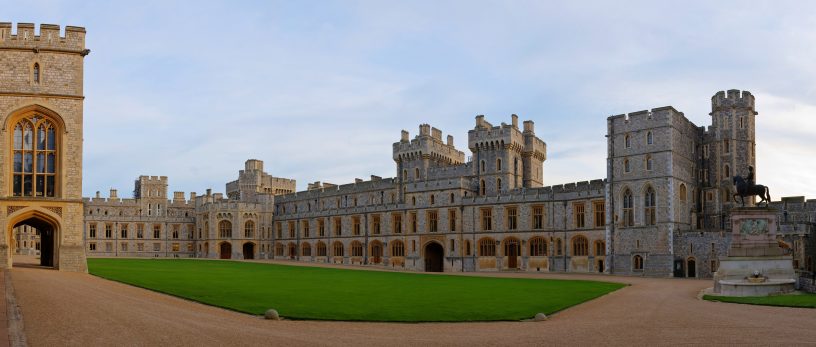

 Once a landscape plan is formulated in tune with the architectural sketches, clients get a clear picture of the coming days. In other words, they are assured of not only having developed buildings but several superior end results that would help them do a good deal of cost savings. Landscape architecture, in fact, is highly crucial for the environment, and believe it or not, there are many reasons behind it. Apart from lessening the chances of producing waste and excessive resources, recycling will come into action whenever required. Most importantly, the relationship between environment and its people will be fostered.
Once a landscape plan is formulated in tune with the architectural sketches, clients get a clear picture of the coming days. In other words, they are assured of not only having developed buildings but several superior end results that would help them do a good deal of cost savings. Landscape architecture, in fact, is highly crucial for the environment, and believe it or not, there are many reasons behind it. Apart from lessening the chances of producing waste and excessive resources, recycling will come into action whenever required. Most importantly, the relationship between environment and its people will be fostered.